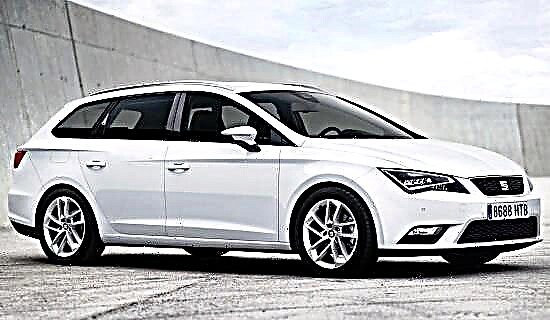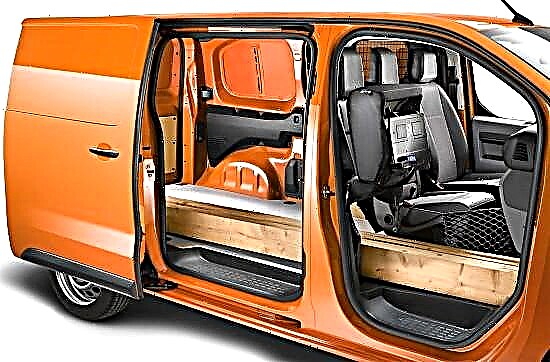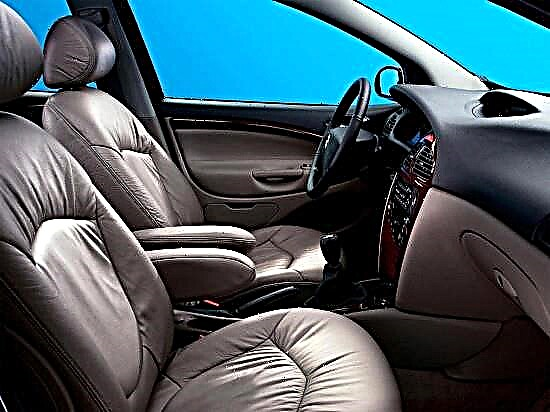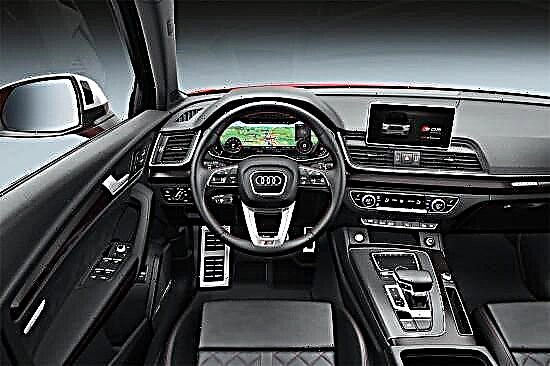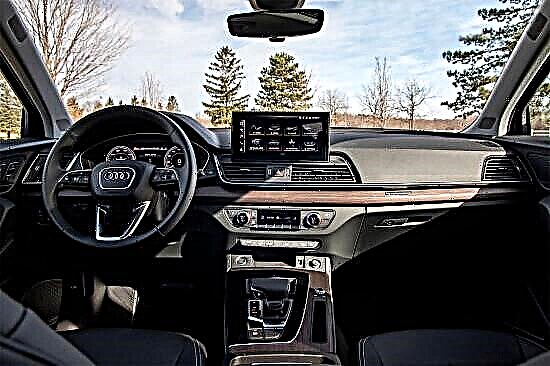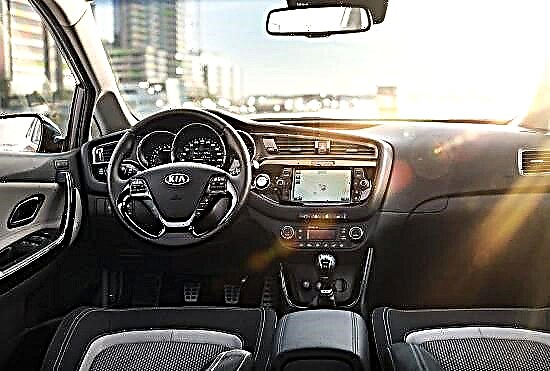The first generation Kia ceed played a significant role in the history of the South Korean automaker, becoming the pioneer of Europe, and very popular. And the second "release" of the five-door "golf" hatchback, presented in March 2012 at the Geneva motor show, received everything it needed to become an even more successful product - an exterior painted by "design guru" Peter Schreier, a well-designed interior and a large number of options.
In June 2015, the Koreans declassified an updated version of the "Sid", and a few months later held its presentation at the Frankfurt Motor Show.

Innovations in appearance boiled down to redrawn bumpers, slightly modified lighting equipment and a radiator grille, and the interior remained the same at all, except that the front panel received more chrome "jewelry". In terms of technology, the changes were more noticeable - a new engine, a robotic transmission and a number of previously unavailable options.

The exterior of the five-door Kia Sid of the second generation is cut in a bright style that exudes harmony, which instantly catches the eye. The five-door hatchback looks like a real "European", although the aggressive front end with complex-slanting headlights, bordered by LED "garlands" of running lights, and the trademark "tiger nose" betray its Asian roots.

The silhouette of the "Sida" is imbued with swiftness and dynamism due to wedge-shaped outlines with a long sloping hood, sloping roofline and raised stern. The slender rear, topped with stylish LED headlights and a muscular bumper with an oval exhaust tailpipe, completes the striking five-door look.
The exterior dimensions of the body make the "second" Kia ceed a typical golfer of the class: 4310 mm long, 1780 mm wide and 1470 mm high with a 2650 mm wheelbase. The minimum ground clearance of the car is 150 mm, and it rests on the road with wheels with a diameter of 15 to 17 inches (depending on the configuration).

The inner world of the hatchback is fully consistent with its bright appearance - it looks stylish and "European-style" with high quality. The center console, slightly turned towards the driver, is beautifully designed and well-designed. The color screen of the multimedia complex is located under the elegant air ducts, and a little lower - the air conditioning unit. True, in the basic versions, a simple radio tape recorder and air conditioner "washers" are installed.
The instrumental part is placed in three separate "wells", but their content depends on the configuration - ordinary dials and a monochrome display, or a Supervision contrast panel with an HD-scoreboard in the center. But the "neat" multifunctional steering wheel is required for all cars, without exception.
Almost everywhere in the Kia Side, solid and soft plastics are used, perfectly fitted to each other. In expensive versions, they are joined by chrome or black glossy "decor", which adds a more expensive look to the interior.

The second generation Ceed front seats have a conveniently cut profile with unobtrusive bolsters and moderately soft padding. Rear row riders with plenty of free space on all fronts, and in addition, an optimal fit geometry and individual ventilation ducts are offered.

The volume of the cargo compartment of the Kia ceed is 380 liters, which can be increased to 1318 liters by folding the backs of the "gallery" (you get a flat floor). The loading height of the "hold" does not exceed 738 mm, and the opening width reaches 1026 mm. Under the raised floor there is a special organizer tray, and even lower - a compact "spare wheel" and a set of tools.
Specifications. For the Russian market, the five-door hatchback is equipped with three petrol engine options:
- Under the hood of the base cars, a 1.4-liter "four" with a 16-valve timing and distributed fuel delivery is installed, the performance of which is 100 horsepower at 5500 rpm and 134 Nm of torque at 4000 rpm. Combined with a six-speed manual transmission, it accelerates the second Seed to 100 km / h in 12.7 seconds and allows it to reach a maximum speed of 183 km / h. For every "hundred" track in the combined cycle, a five-door car needs 6 liters of fuel.
- The intermediate unit is a 1.6-liter four-cylinder "aspirated" with distributed injection, which develops 130 "mares" at 6300 rpm and 157 Nm of limiting torque at 4850 rpm. Such an engine works in conjunction with 6-speed transmissions - "mechanics" or "automatic". It takes 10.5-11.5 seconds for the starting spurt to the first hundred of the Kia ceed with this power unit, and the limit of its capabilities falls on 192-195 km / h. The declared fuel consumption is from 6.4 to 6.8 liters in combined mode.
- The most powerful unit is considered to be a 1.6-liter 16-valve engine equipped with direct gasoline technology, the output of which has 135 horsepower at 6300 rpm and 164 Nm of maximum thrust at 4850 rpm. It comes with a 6-band "robot" with two clutches, as a result of which the car reaches a maximum speed of 195 km / h, after 10.8 seconds leaves behind the first "hundred" and on average "eats" 5.9 liters of gasoline.

The base for the second generation Kia Sida is a front-wheel drive "trolley" with a transversely placed power unit. The undercarriage of the Korean hatchback has an independent front and rear structure - McPherson and multi-link struts, respectively.
The rack and pinion steering mechanism of the five-door "flaunts" an electric power steering with three modes of operation - Comfort, Normal and Sport.
"In a circle" the car is equipped with disc brakes (with ventilation on the front wheels), working with an anti-lock braking system (in the "top" modifications with ESC and Brake Assist).
Options and prices. In the Russian market, the updated (2015-2016 model year) hatchback Kia ceed of the 2nd generation is sold in six solutions - Classic, Classic AC, Comfort, Luxe, Prestige and Premium.
The simplest configuration is offered at a price of 739,900 rubles and includes six airbags, ABS, a multifunction steering wheel, two power windows, power side mirrors and a standard "music" with six speakers.
For a car with air conditioning, you will have to pay at least 784,900 rubles at least.
The "top" option is estimated at 1,169,900 rubles. For this money, you get 17-inch alloy wheels, adaptive xenon headlights, stability control systems, control of "dead zones" and assistance when starting to climb, separate climate control, cruise control, a rear-view camera, a Supervision dashboard, a multimedia center with navigation and much more.


